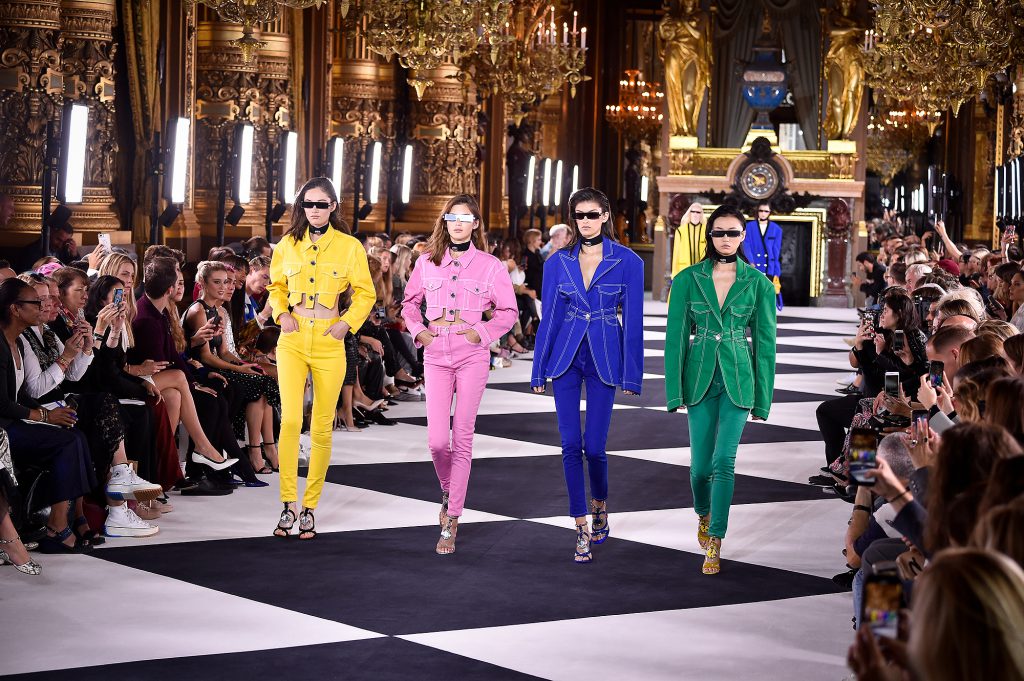Emerging designers who are expected to make a splash during fashion week are usually a popular attraction. Harris Reed, showcased their second-only collection at London’s Serpentine Gallery Pavilion in September, which was held in the Serpentine Gallery Pavilion. Givenchy, Andreja Peji, and Hari Nef have all collaborated with Lea T, Andreja Peji, and Gucci. The Apollo Belvedere, a famous marble statue from Classical Antiquity, will be on display at the V&A Museum in London as part of Fashioning Masculinities: The Art of Menswear, an exhibition that aims to further challenge gender stereotypes by showcasing more than 100 looks, and Harris Reed’s work.
You know something fundamental has changed when Collins includes “non-binary” in its dictionaries and Business Insider headlines is growing mainstream in advertising.”Repurposed wedding and groomswear was used to create an elegant bolero made from a vintage tuxedo jacket and a floor-sweeping cape made from vintage veil lace, among other items of the collection. Exquisite yet heartfelt, it was a display that embodied the inventiveness of the Central St Martins graduate, who dressed Harry Styles and Iman for the Met Gala 2021, among other projects.
“Harris Reed’s style speaks to the restrictive confines of society’s binary gender roles,” says Caroline Stevenson, London College of Fashion. As a stage, they illustrate the richness of imagination, choice, and freedom accessible to us when these restrictions are removed. ” Instead than conforming to society’s definitions of what a man or female should be, of self-determination.”
Stevenson adds that “clothing was not always divided along gender lines.”. “Fashion in mediaeval England was tied to social position and land ownership. Across all social classes, men’s and women’s clothing was very similar. After the disintegration a market society, males began to dominate the labour, clothing began to be divided into male and female sections. Female clothing continued to be ambitious and showy; a symbol of her husband’s prosperity while male fashion centred around altering notions of the suit” Historically, Western fashion has been characterised by “overt and suppressed urges to copy the dress patterns associated with the other gender” because of the resurgence of the female employment debates in the early twentieth century.
Clothes that are meant to be worn by both men and women have a lengthy history. From tunics to togas, kimonos to sarongs have been worn by men and women around the globe and through the centuries. London-based strategic foresight firm The Future Laboratory’s Momo Amjad offers various historical examples of third-gender groups. Mh people in Native Hawaiian and Tahitian traditions, the Hijra in South Asia are just a few examples of individuals that identify as non-binary, intersex, asexual, or transgender.
